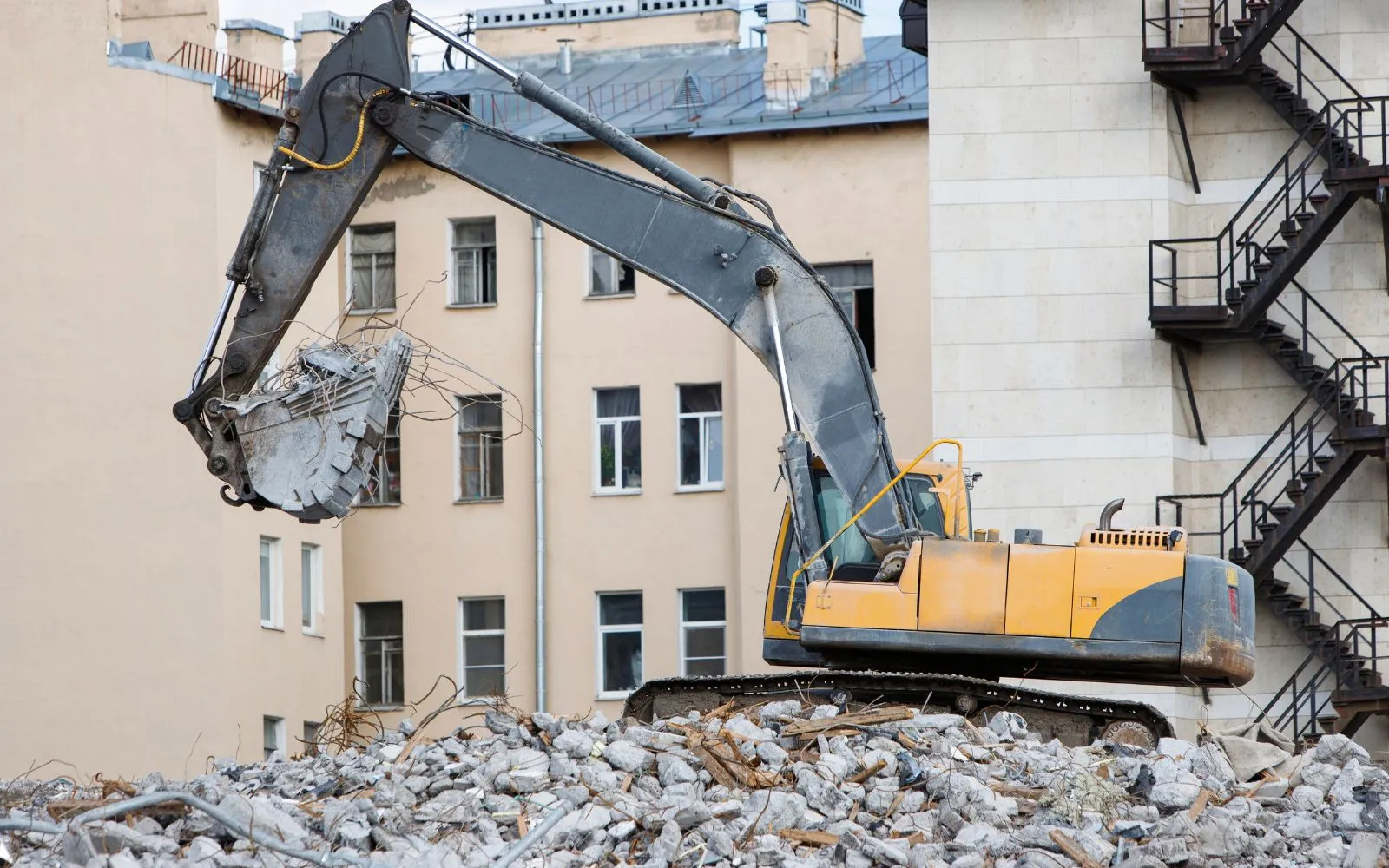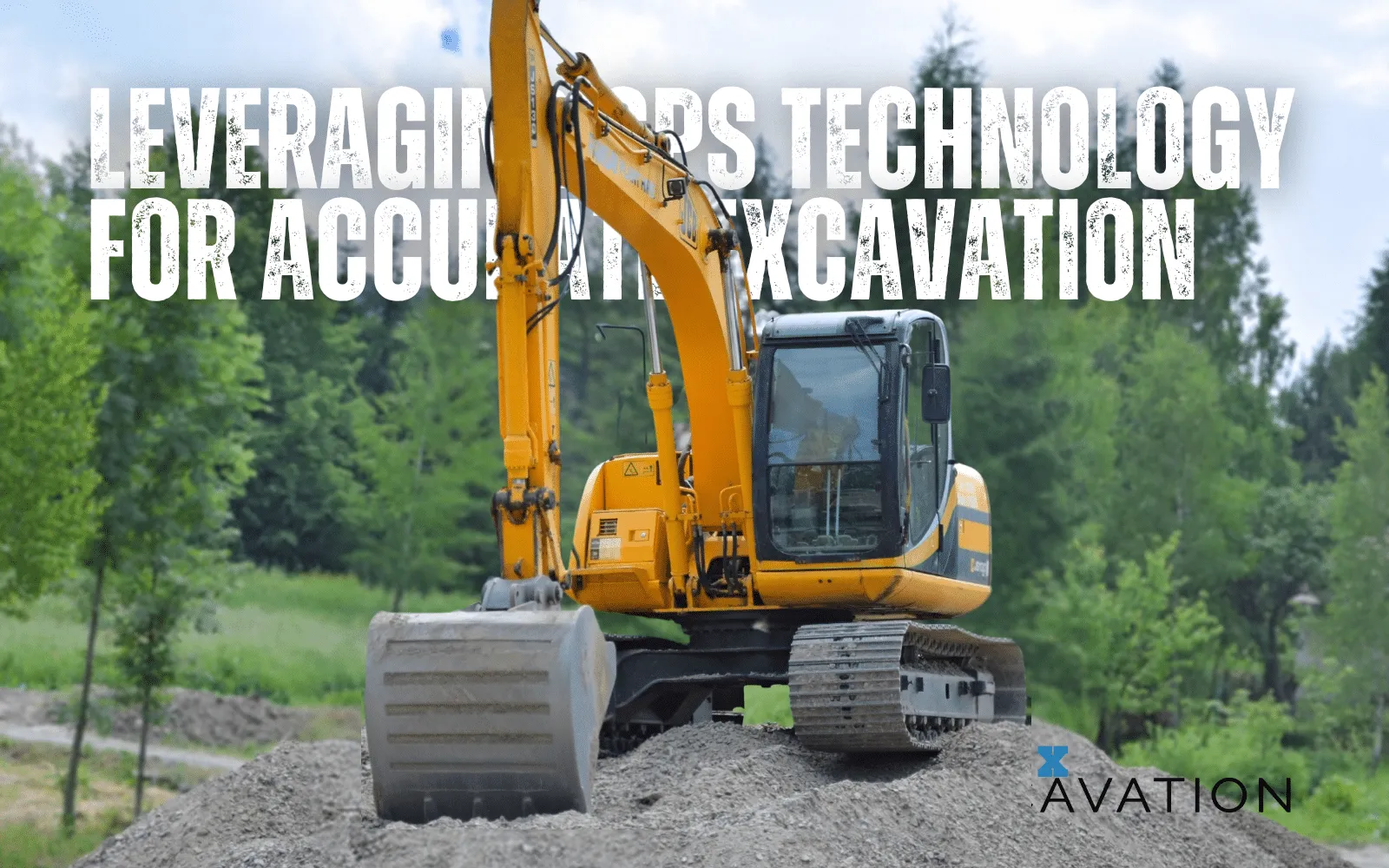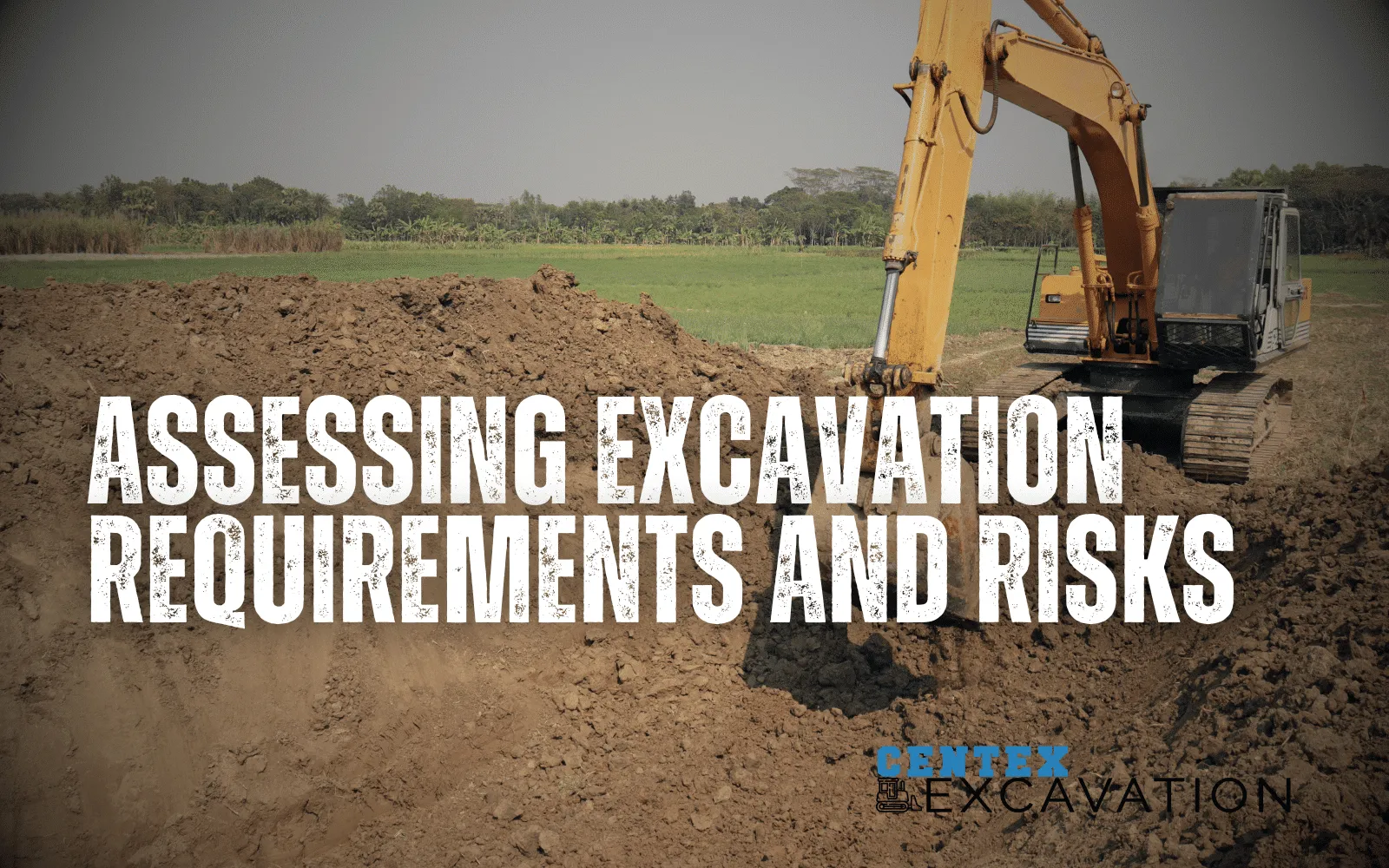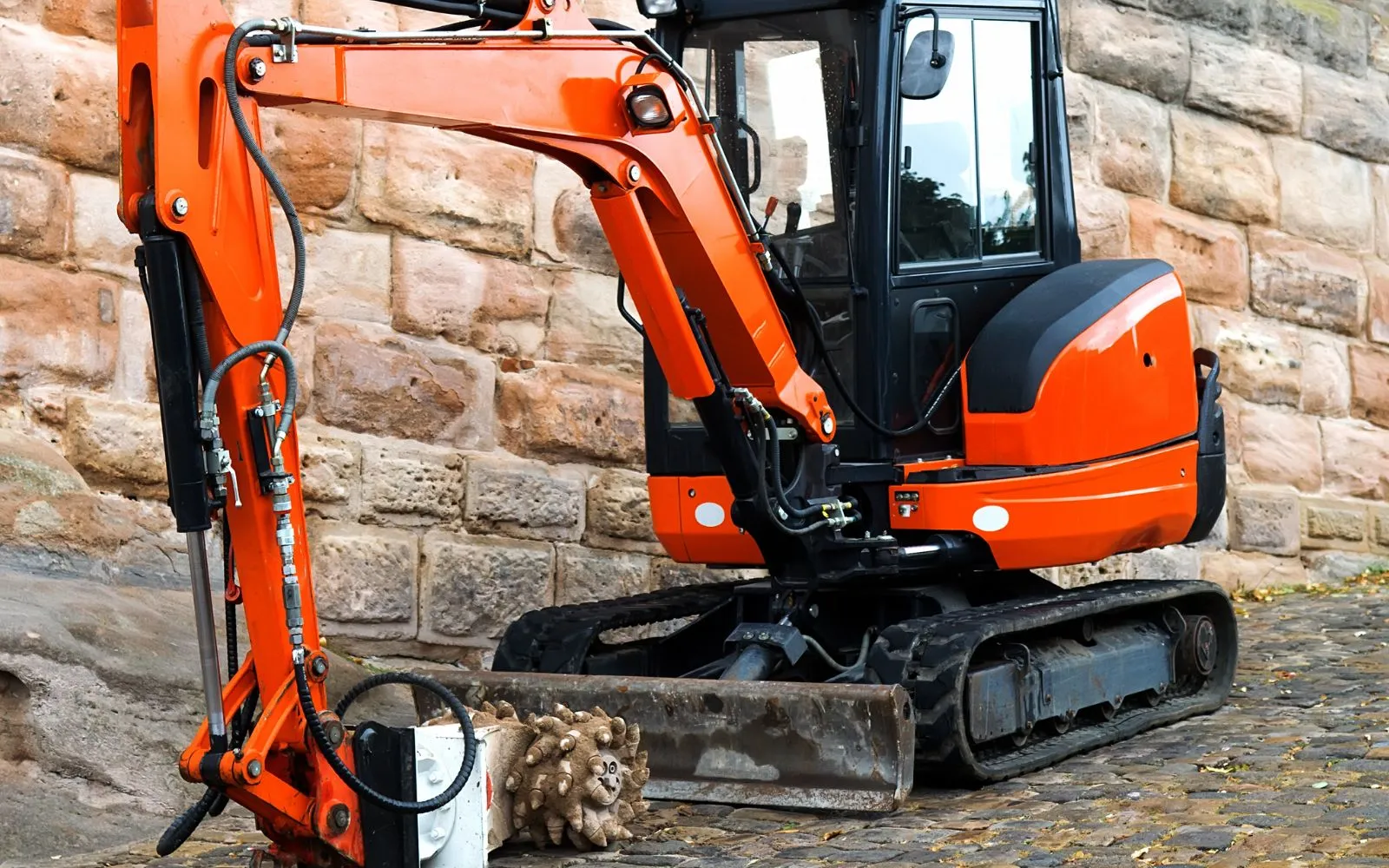How to Move a Non-Running Excavator

If you're a professional contractor, there may come a time when you need to move a non-running excavator. Whether you're moving it to another job site or transporting it to a repair shop, there are some steps you'll need to follow to ensure the process goes smoothly. It's not an easy job as these machines weigh a lot, but it can be done.
While no two makes or models of excavators are the same, we'll walk you through some methods you can use to get the excavator moved.
Keep in mind; however, you may have to modify these methods to fit the specifications of your excavator, and you should always consult your owner's manual before attempting to move the machine.
Temporary hydraulic power to the tracks.
One method is to provide temporary hydraulic power to the tracks. This will usually involve using a generator and some hoses to provide hydraulic pressure to the excavator's track motors.
Disconnect the hydraulics to the tracks. You can do this by removing the retaining pins holding the hydraulic lines. Once the pins are removed, you will disconnect the hoses from the quick-connect fittings.
- Connect a 12v pump to the hydraulic line. This will provide power to the tracks and allow them to move. Although much more complicated, there are some instances where another excavator or skid steer can be connected to use its hydraulic power.
- Start the pump and slowly move the excavator forward. Once you have reached your destination, shut off the pump and reconnect the hydraulics to the tracks.
This is the messier of the options as it involves working with hydraulic fluid, but it can be done in a pinch if you don't have access to a crane or other lifting device.
However, if you want a cleaner method or one that doesn't require as much work, you can try disconnecting the drive from the tracks to get it moved.
Disconnect the bolts on the drive sprocket.
Another method to move a non-running excavator is disconnecting the bolts that hold the drive sprocket. While this method will vary from model to model and involve different components of the drive train, this should allow the tracks to move freely.
- Identify the sprocket and the bolts. First, you'll need to identify the sprocket. It's the large wheel that the tracks run over. There are usually four bolts holding it in place.
- Remove the bolts. Use an impact wrench to remove the bolts. Once you have located the bolts, use an impact wrench to remove them. Be careful not to damage the threads.
- Drag the excavator with a winch. Once the bolts are removed, you may be able to freely move the tracks. You can now attach a winch to the excavator and drag it to its destination.
Pending the size of the excavator, you may need more than one winch to get the job done.
Sometimes, though, this method might not work either, and you'll have to call in some help.
Lift the excavator with a crane.
You need to lift the excavator with a crane if all else fails. This will require you to attach lifting points to the excavator, so the crane has something to grab onto.
Once the excavator is lifted, it can be transported to its destination and lowered down.
This is the costliest option, but sometimes it's the only way you can do the job.
Getting your non-running excavator moved.
When you need to move a non-running excavator, there are a few methods you can try. Whether providing temporary hydraulic power, disconnecting the drive train, or lifting it with a crane, you'll need to take some precautions to ensure a smooth process.
There may be some other methods, and consulting with the specific manufacturer of your excavator is always the best bet, but these are some of the most common. Be sure to take all safety precautions when working with machinery, and always have a professional nearby if possible.









